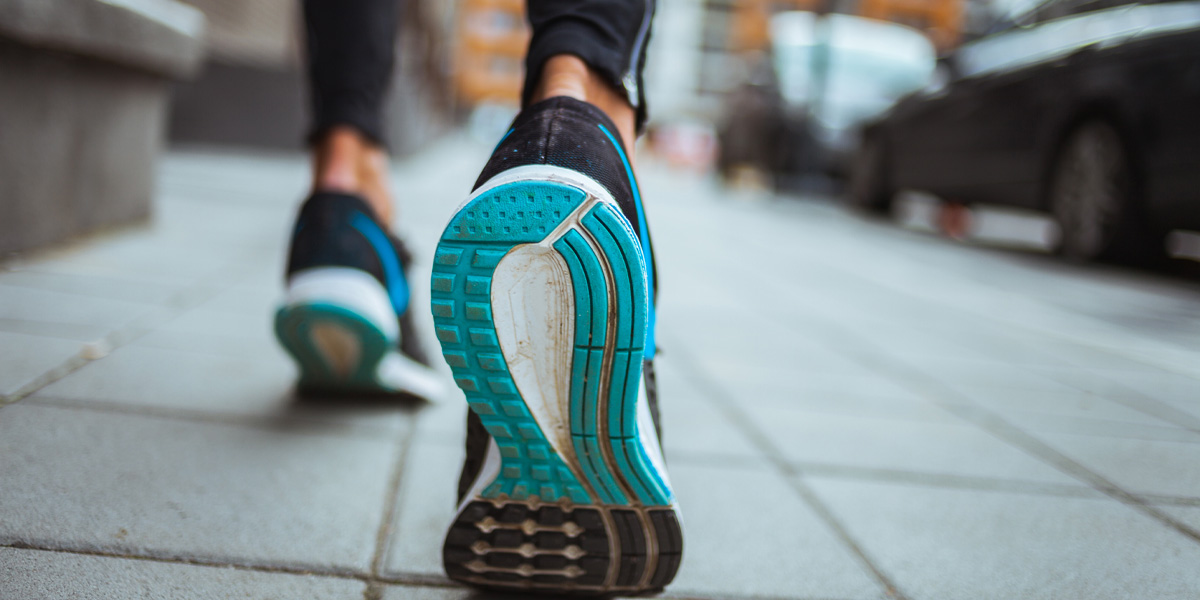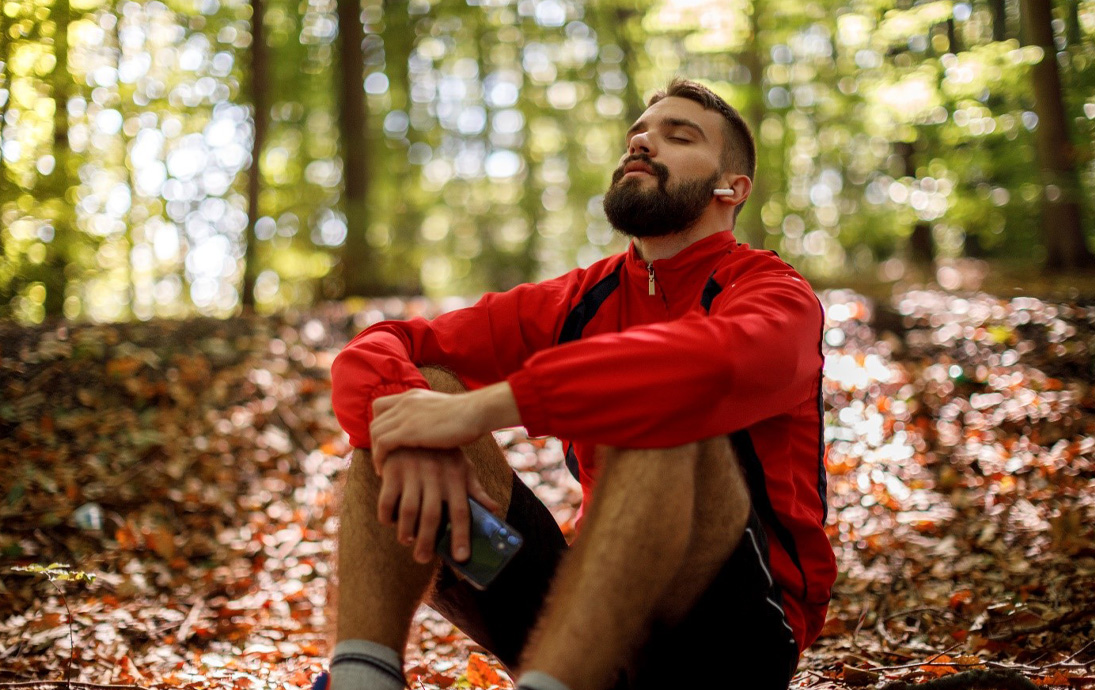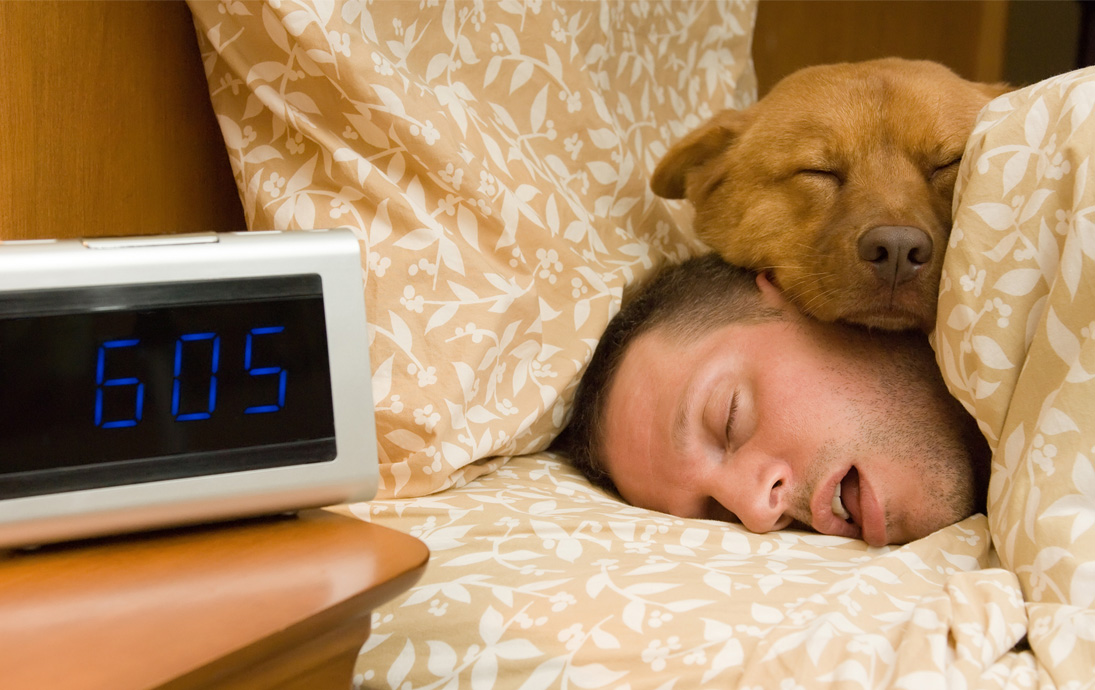
Aside from having 360-degree visibility for safety and the right clothing for colder weather, a solid pair of shoes with good tread for traction can keep you outside and on your feet during the fall and winter months. Hannah Hoffman, PHP’s wellness program coordinator and past New Balance and Fleet Feet associate, shares some tips on proper footwear to help keep you moving this fall and winter.
Find Your Fit
Finding the right shoe and best fit is very personal, with countless combinations of foot shapes, training needs, and personal preferences. Here are a few tips to help determine the best shoe for you:
- Make sure the shoe fits. A good rule of thumb to determine that you’re wearing the right size is to keep a thumb’s width of space between the end of your toes and the tip of the shoe. Your foot should feel secure from heel to toe, without any slippage, squeezing, or pinching. Also, pay attention to the way your foot aligns over the midsole. If you notice your foot spilling over the side of the midsole, that could be an indicator that you need a wide size shoe.
- Decide if you want high or low cushion. Your shoes should feel good from the get-go, no break-in period required. To narrow down the shoes you want to shop for or try on, think about how much cushion you’d like to feel underfoot. If you like the feeling of walking on clouds, consider a higher cushioned shoe. If you prefer to feel the ground underfoot, try a lower cushioned shoe.
- Consider where you plan to walk or run. Do you plan to be indoors on a flat surface, outdoors on the roads, the trails, or maybe a combination? The tread in road shoes are designed to cushion your foot against a harder surface and propel each step forward to keep you moving comfortably. Trail shoes offer similar support and cushioning, but often feature grippy lugs on the outsole and protective tech to help you handle technical terrain.
- Understand whether you need a specific type of support for your gait. You want to find the best shoe for your foot shape that will also provide your feet the support they need. If you find that you pronate (foot rolls inward) a stability shoe might be best. If you find that you supinate (foot rolls outward) more of a neutral shoe might be best, and if you have a high arch, you may find a supportive insert to be helpful.
If you have questions or concerns, speak to a podiatrist, your primary care physician, or a shoe store associate to help get you in the right shoe for you and your fitness routine.



